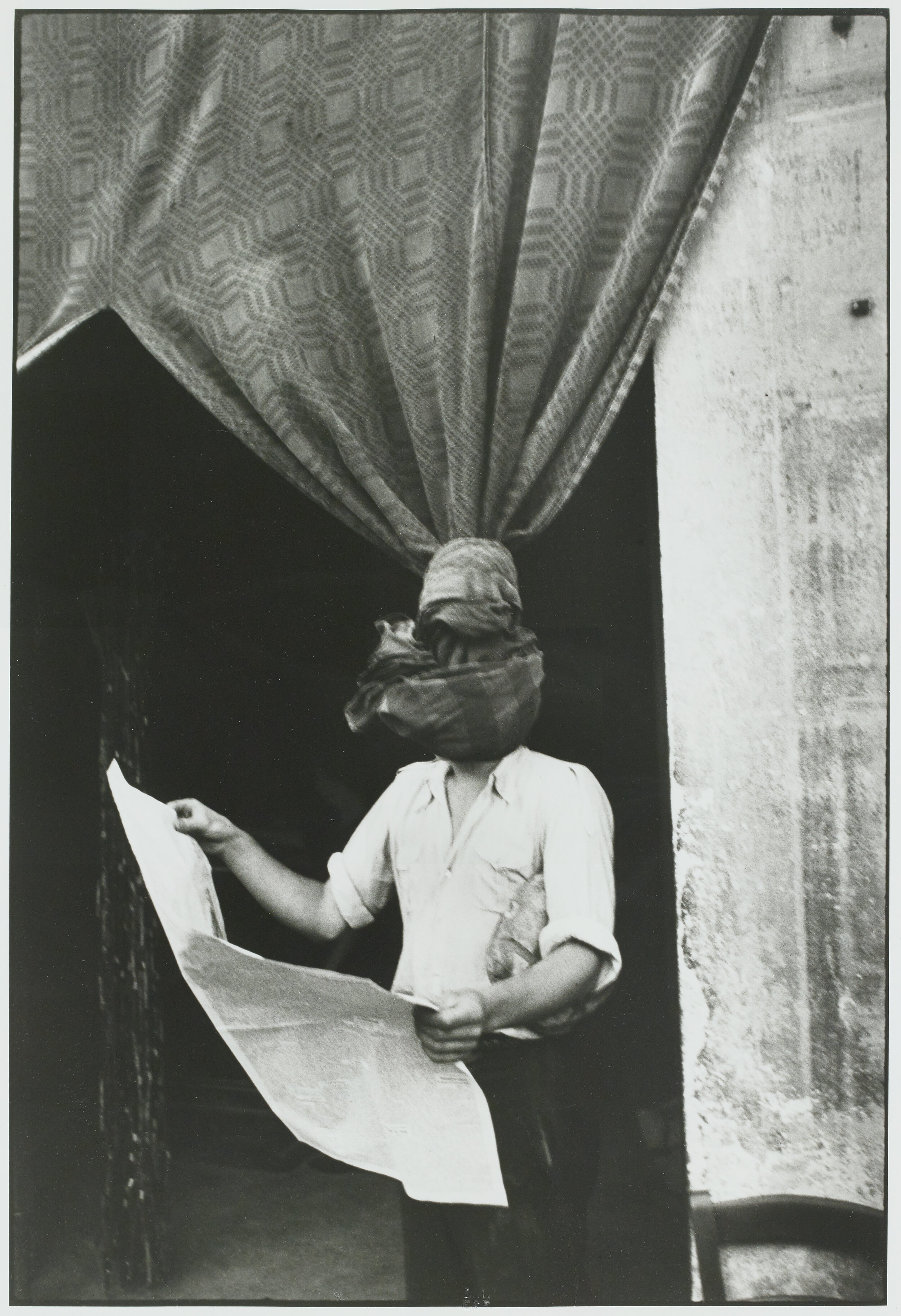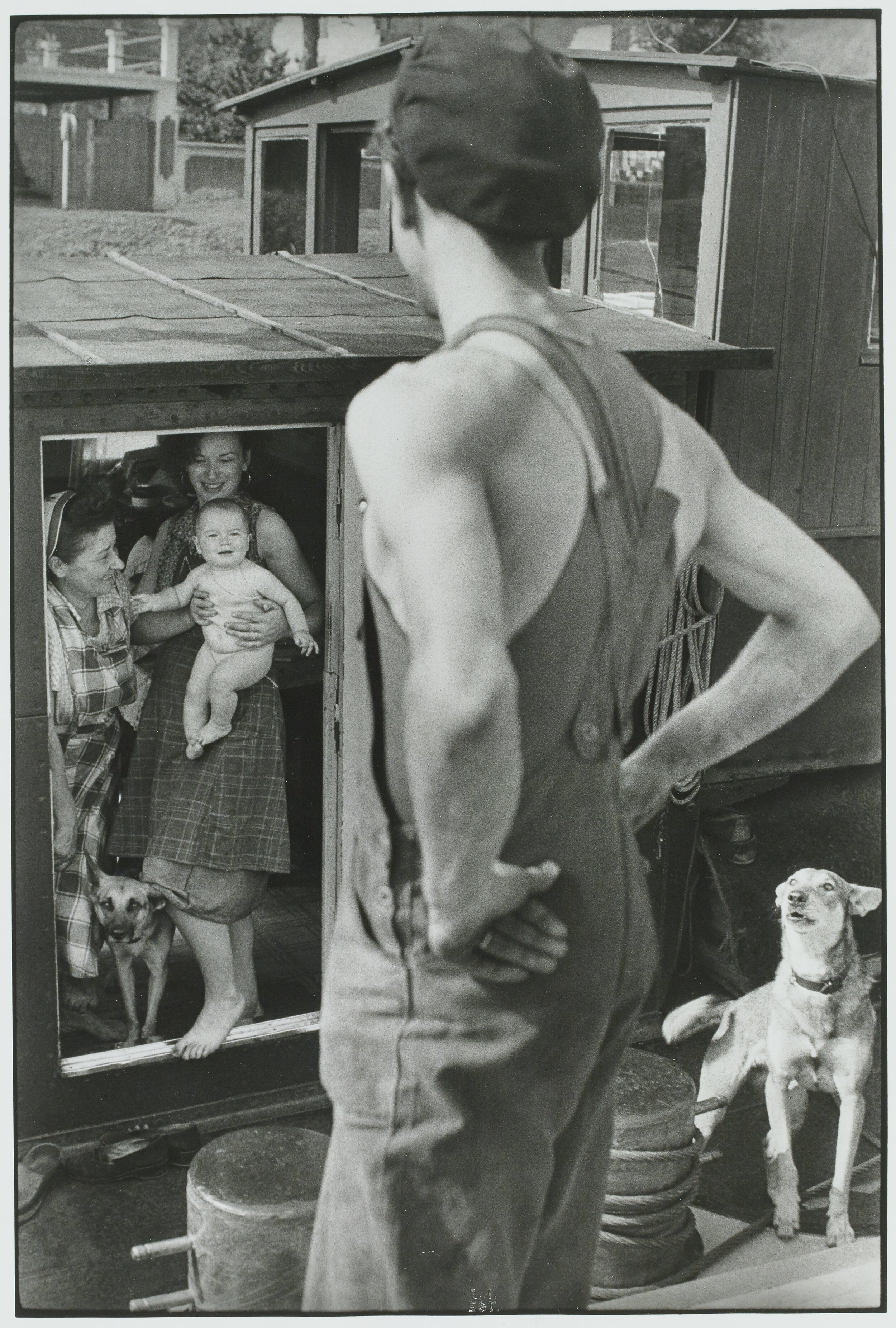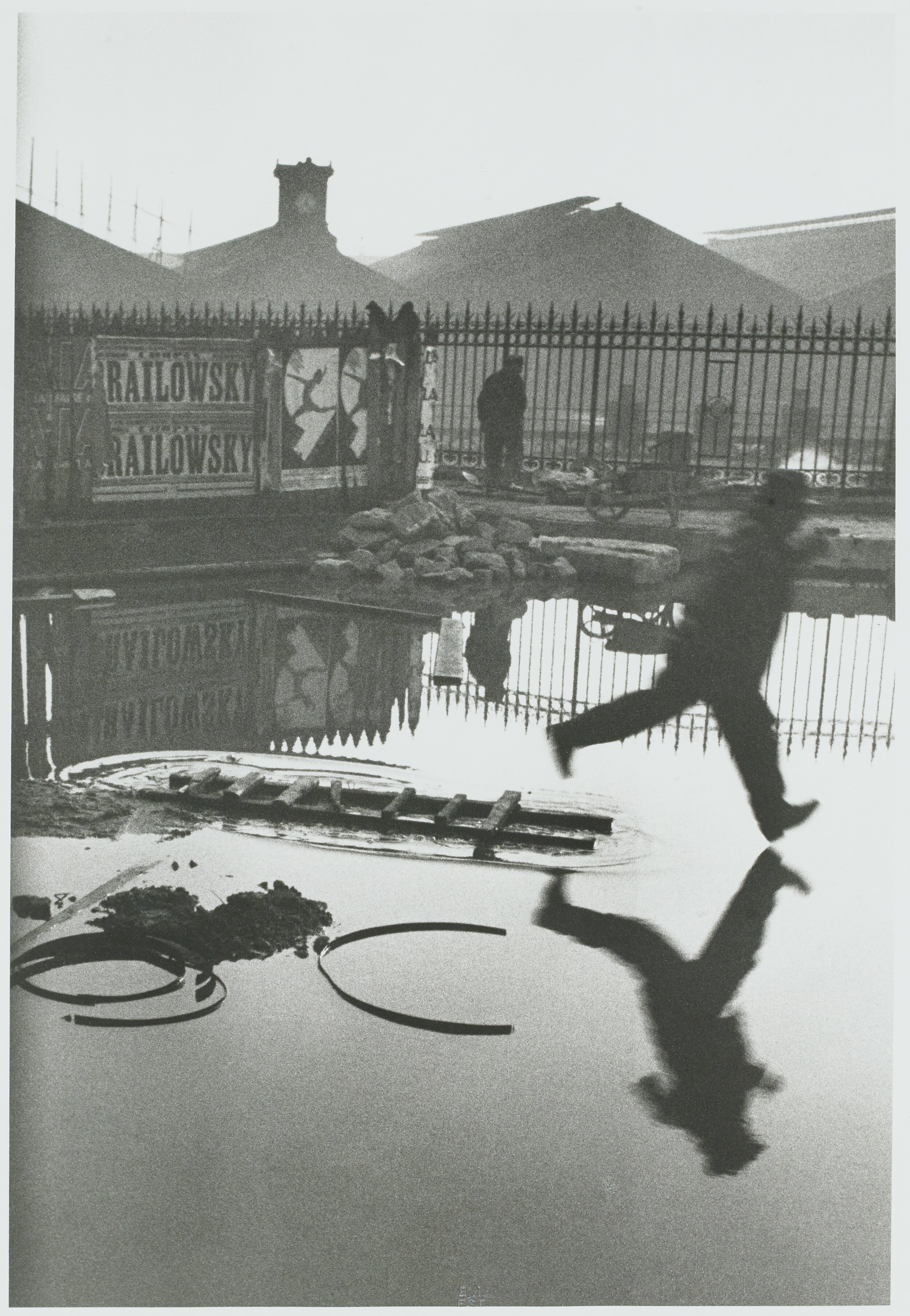Henri Cartier-Bresson: Le Grand Jeu at Palazzo Grassi
By Sara Beck
Palazzo Grassi is hosting an exhibition celebrating Henri Cartier-Bresson and the monumental influence of his street photography—particularly what one could call the self-selected “best of” images which comprise his 1973 Master Collection. Entitled Le Grand Jeu, the exhibition opened on July 11, 2020 and will remain on view until March 20, 2021. Co-organised with the Bibliothèque nationale de France and in collaboration with the Fondation Henri Cartier-Bresson, the show provides visitors a rare opportunity to view these incredible works with a one-of-a-kind twist; here, they are meant to be seen from five different perspectives, offering a glimpse into the minds of five distinguished curators along with the world of Henri Cartier-Bresson.
Born in Chanteloup, France, Henri Cartier-Bresson began his artistic career with painting. The tenets of Surrealism became deeply important to him, in part because he rejected a process of art-making that was weighed down with rules and formalities. He began his photography career in 1932 at twenty-four years old; this was after spending a year hunting game in Ivory Coast, a practice which incidentally informed much of his photographic technique. Upon his return to Marseille he fell in love with a Leica camera, in part because of the anonymity its size granted him in crowds. Here, Cartier-Bresson shifted from the role of a hunter to that of an observer. He stood in plain sight with the goal of capturing both what was mundane and what was remarkable, and in order to do so, he made himself invisible.
At a time when the world of photography was largely unexplored territory, various European schools held conflicting ideas about the fundamentals of the art form. This was a time that was largely without direction for photographers, making the work of pioneering artists such as Cartier-Bresson all the more important. Cartier-Bresson’s street photography undoubtedly changed the medium—the sense of omniscience, like that of a quiet but all-seeing observer, emanating from his work is something that continues to define the genre.
Le Grand Jeu, or The Great Game, is a title inspired by the nature of the exhibition, the “rules” of which resemble a game. Each curator was given guidelines to follow, and none knew how the others were organizing their fifth of the photographs. All selections were to be made from Cartier-Bresson’s 1973 Master Collection, for which the photographer hand-picked 385 of his best photographs from his contact sheets. The title Le Grand Jeu also encapsulates ideas that both inspire and produce notable street photography—namely, leisure and chance.
Chance, an idea of particular importance to surrealism, takes on a meaning beyond the chance which often allows for a beautiful photograph. Within the exhibition, the guest curators’ individual experiences of Cartier-Bresson’s work could be seen as an experience of this sort of kismet. Five guest curators—collector François Pinault, photographer Annie Leibovitz, writer Javier Cercas, film director Wim Wenders, and heritage conservator Sylvie Aubenas—were each instructed to choose fifty Cartier-Bresson images. Throughout the process, they all remained unaware of the others’ selections. For them, the game was to create a distinctive and highly personal space which, although part of a larger exhibition, could also stand alone. As a result of these rules, each sector of the exhibition makes its own statements about both the work of Henri Cartier-Bresson and the vision of the curator, one that is inevitably colored by life experience.









